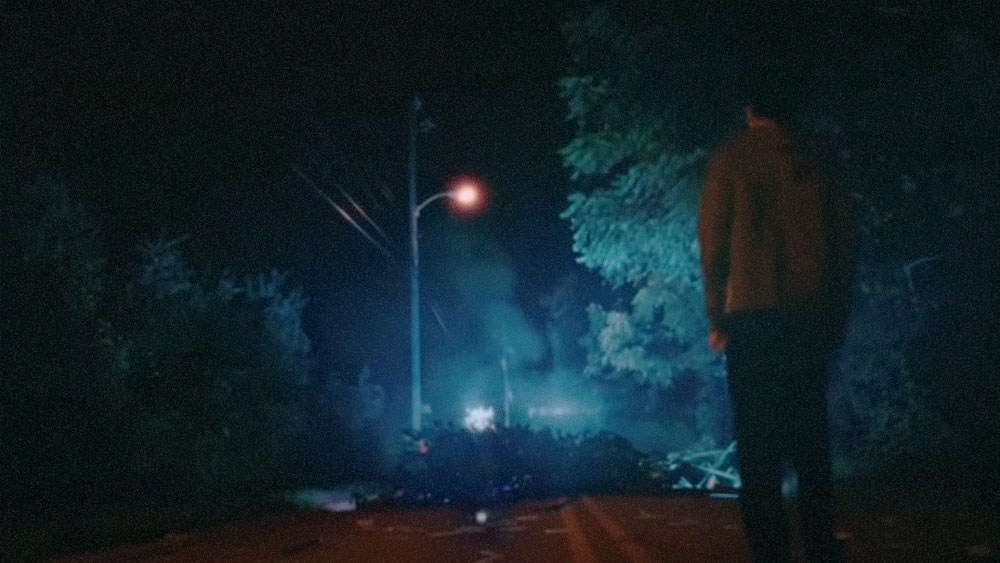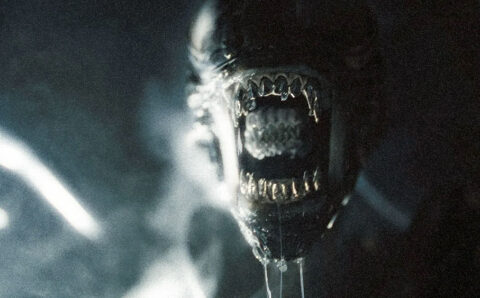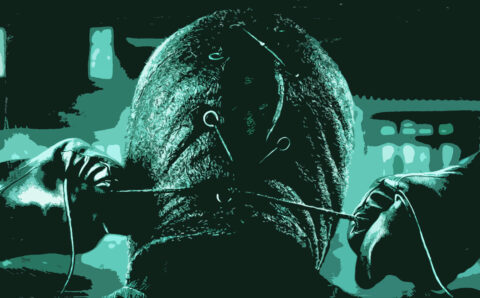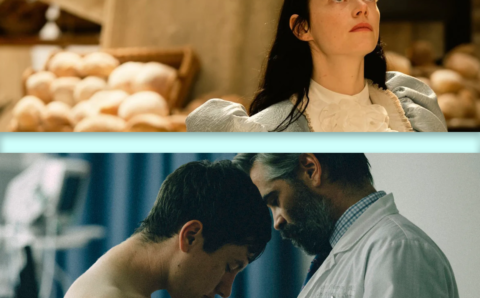
Screams aren’t exactly Oscar bait.
For a century, we’ve cheapened them with orchestral hits and jump scares, uninspired final girls and dull knives.
Mature adult life is so averse to extreme expressions of emotion that this most immediate cure for pent-up anything seems juvenile, a thing for kids to do. That dismissal extends to acting. If an actor has to rely on something so immediate, we reason, they must have skipped past the nuance their character deserves. Have they no subtlety?
Screaming on screen should be easy and easily effective—after all, it’s an excuse to finally let go. But the opposite is true. Actors filter their sound through what we think a scream should sound like. Asked to utter one, most us would do the same. Onomatopoeia come to life—we literalize syllables like “ah” and “agh!” We add volume, widen our eyes, and channel nothing.
With few exceptions, we scream short.
Al Pacino in the third Godfather need only scream once to make an uneven film worth the watch. Schwarzenegger lets loose a primal rebuke in Predator, signaling a shift in who’s hunting whom. On the small screen, Julia Garner portends revenge in Ozark.
And Justice Smith gives us something existentially terrifying in I Saw the TV Glow. It could be transposed into Saving Private Ryan’s Normandy Beach without an edit.
In Glow, pre-teens Owen (Ian Foreman) and Maddy (Brigette Lundy-Paine) bond over their shared love for a horror TV show, ‘The Pink Opaque.’ Navigating parents of different levels of indifference, the two latch onto the lore and mythologize. Years pass, and Owen (Justice Smith) has to confront his own suburban malaise, while Maddy goes to extreme lengths to do the same.
‘The Pink Opaque’ is a clever nod to 90s “Snick” and shows like Are You Afraid of the Dark? and Buffy. The care brought to the homage sequences is genuine, expertly period-specific and VHS-filtered. There’s a gentle, lush color palette that connects the characters’ world with the world-building in their favorite show, and a rich soundtrack arranged by industry it boy Alex G erupts in live performances as textured asides.
All of it crackles in campfire heat. To term I Saw the TV Glow nostalgia-core is to miss what the nostalgia baits. Director Jane Schoenbrun’s greatest virtue is patience. The screenplay allots time for rolling up sleeping bags—but this is also a movie about when crazy thoughts aren’t crazy. It treats paranoia as a harbinger, depression as a cure. Perhaps dangerously, a suicide is framed as healthy.
Schoenbrun confirmed that the story is a trans allegory, but noted that it became so post-hoc. They wrote it first as literal horror, symbols a welcome, natural layer. The movie is synesthesic enough to bleed every sense into every other, including our sense of meaning.
The literal is what makes the movie not just empathy-inducing allegorically, but haunting presently. The characters go through transformations that create a fourth-wall breaking without ever looking down the lens. Revelations stacked and verified, it’s your wall they break, not theirs, and when the climactic paranoia explodes, the scream will make you believe it’s possible you may need the same.
Ryan Derenberger is a freelance journalist and editor, a Journalism and AP Language teacher at Whitman HS in Bethesda, MD, and the founder of 'The Idea Sift.' He also serves on the board of directors for student journalism nonprofit 'Kidizenship.'














